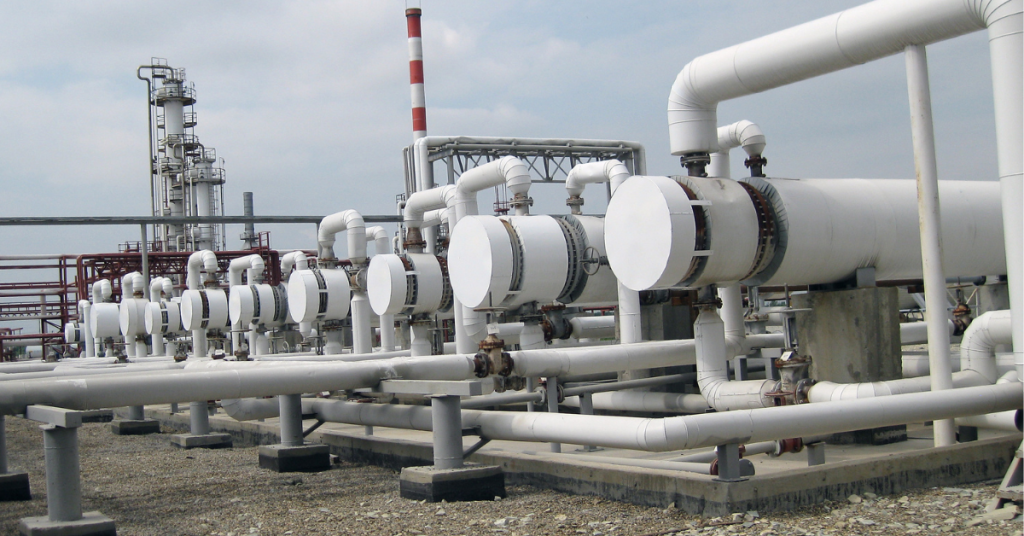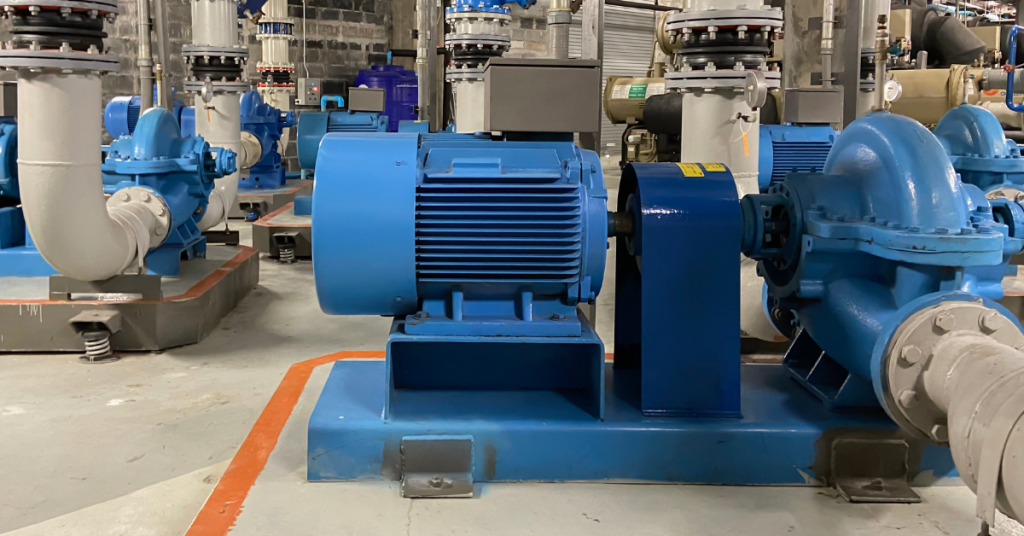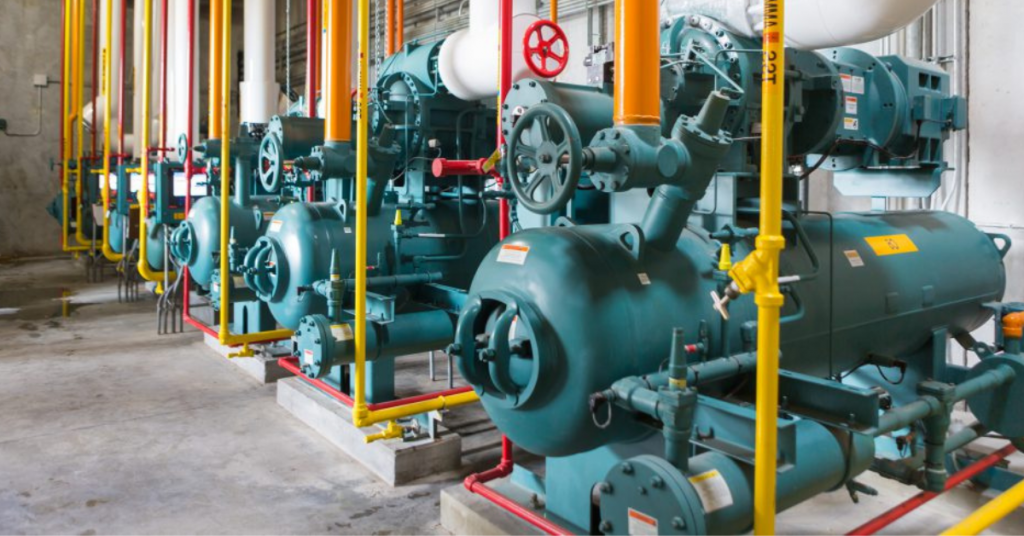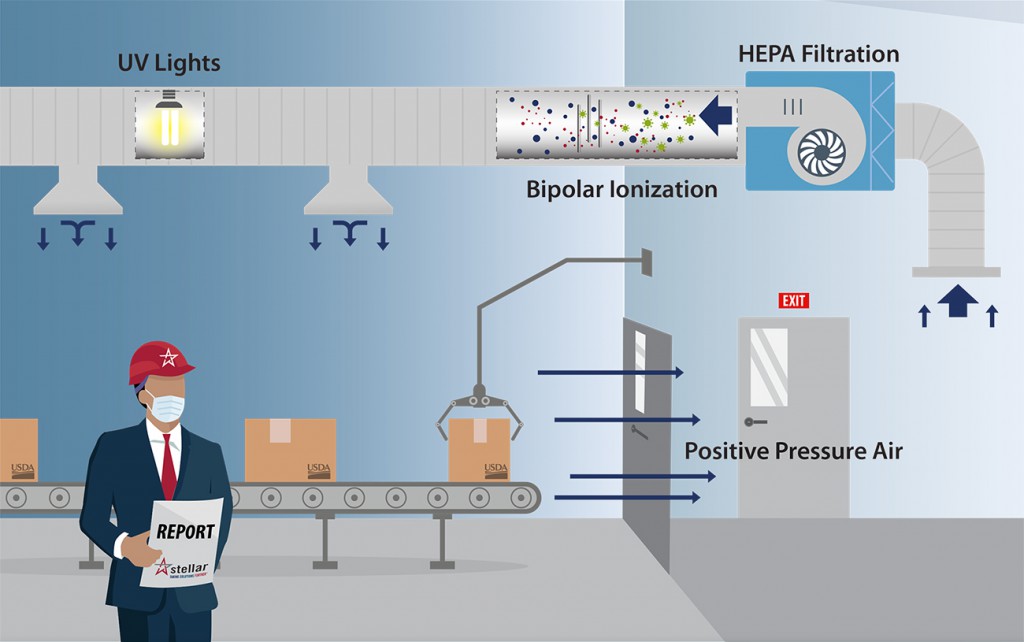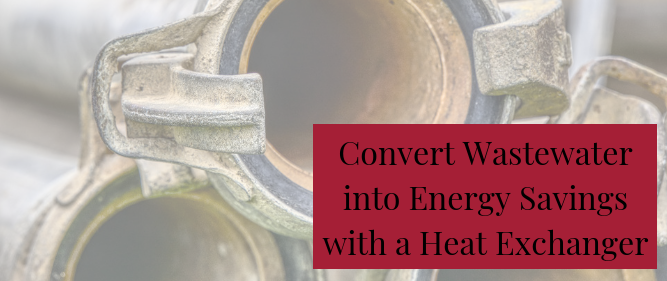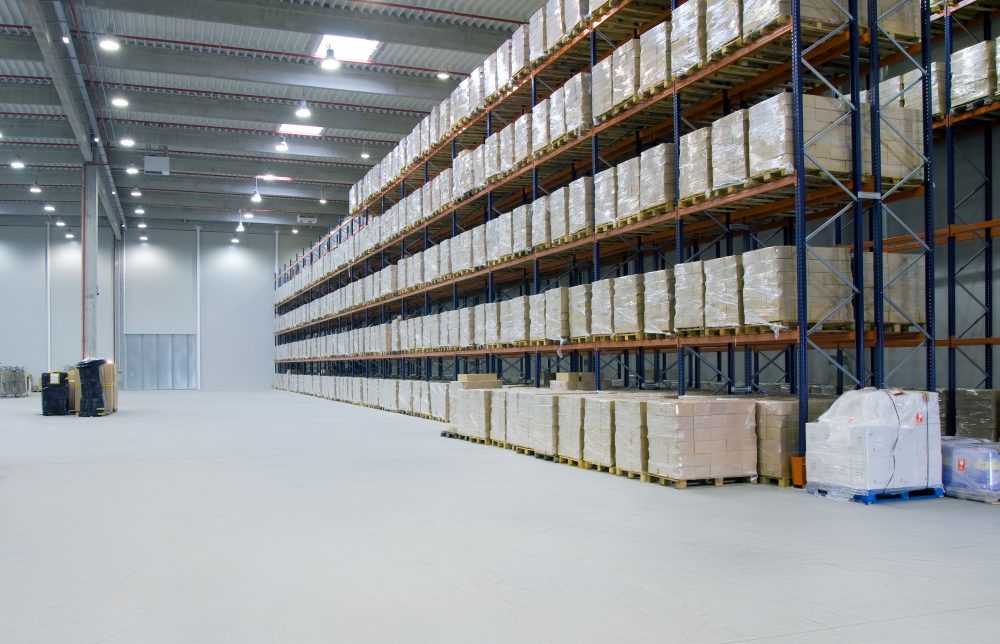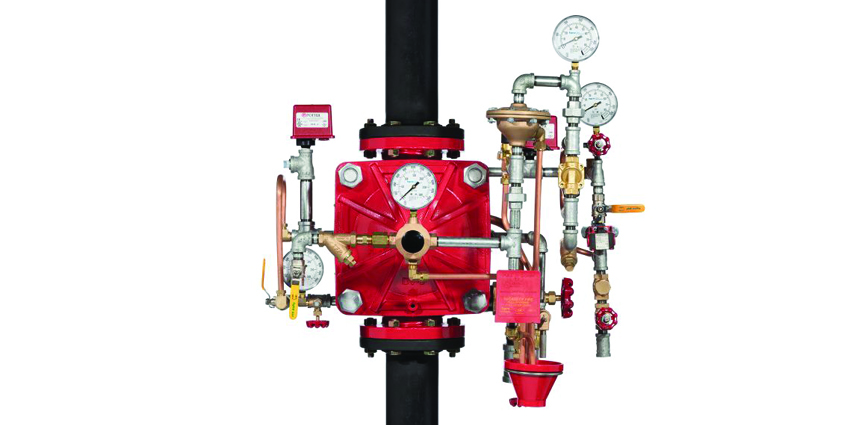Boilers vs. Direct-Fire vs. Glycol: Water Heating Systems to Consider for Food and Beverage Plants
As explained in this previous post, food processing operations require substantial energy. While utility costs are unavoidable, various factors can enhance efficiency and achieve long-term cost savings, including a facility’s water heating system. Considering your production specifications and overall environment, there are specific systems available that can effectively minimize energy consumption in your food or beverage production. Thus, it’s important to explore these systems and understand their differences. So, what are these systems, and how do they vary from one another?
Continue Reading “Boilers vs. Direct-Fire vs. Glycol: Water Heating Systems to Consider for Food and Beverage Plants”


